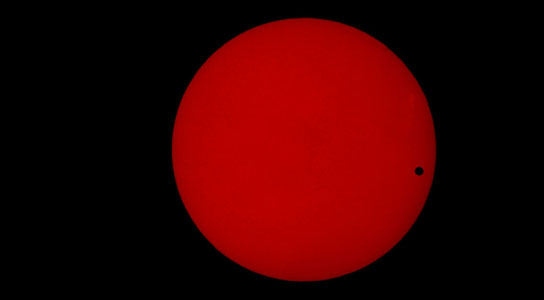
Venus makes a rare transit of the Sun on Tuesday, June 5. Transit and Planet streets in Providence were named for a similar event 263 years ago.
Tomorrow, June 5, 2012, will provide astronomers and enthusiasts with a chance to view a very rare phenomenon known as the Venus Transit, which doesn’t occur again until 2117. There will be many viewing locations setup, as well as websites and NASA’s live webcast.
Venus rarely moves between the Earth and the Sun. People who are curious to see the planet’s rare transit better do so on June 5, because it won’t happen again for more than 100 years.
“The transit of Venus is especially interesting because more than 200 years ago the people of Providence observed the transit of 1769 as part of a coordinated international effort to determine the size and scale of the solar system,” said David Targan, associate dean of the College, who directs the University’s Science Center and Ladd Observatory.
Rich history in Providence
Scholars at Brown have been watching Venus transits since before the University was even named Brown. According to the Encyclopedia Brunoniana, Benjamin West, professor of mathematics, observed the transit of June 3, 1769, from a platform on an East Side street later named Transit Street. Another street in the area took the name Planet Street. On May 29 at the Providence Athenaeum, Targan and Brown historians Joan Richards and Jane Lancaster gave a public lecture about the history of the transit in Providence.
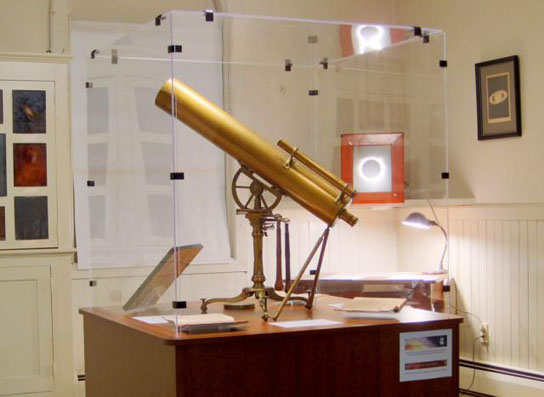
This 24-inch reflecting telescope was made in London by Watkins & Smith ca. 1765 and purchased by Joseph Brown to observe the 1769 transit of Venus in Providence. Benjamin West used it to make his observations of the transit; Brown later donated it to the University. Credit: Scott MacNeill/Ladd Observatory
Viewing with Brown
Venus will transit the Sun beginning just after 6 p.m. on Tuesday, June 5, 2012, and the event will only be visible until sunset, from Providence. Members of the public are invited to join Ladd Observatory staff and members of the Skyscrapers Amateur Astronomical Society from 5 to 8 p.m. on the roof of the Olney-Margolies Athletic Center, which will provide the best view.
A limited supply of special safe solar viewing glasses will be available. A suggested donation of $1 is welcome to offset the cost.
Brown’s Ladd Observatory cannot accommodate the large crowd that is expected, and trees or buildings will obscure the view for most of the event, so the public viewing has been planned for the athletic center. The Ladd Observatory itself will be open to members of the media (see below for how to access a live TV feed).
In the event of cloudy skies
In the event that cloud cover obscures the transit from view, members of the public are invited to the Barus and Holley Building, Room 168 (corner of Hope and George streets) to view a live feed from remote telescopes. If the weather is only partly or mostly cloudy, members of the public should try viewing at OMAC first, but they may be directed to Barus and Holley as an alternative.
Other viewing options
Viewers should never look directly at the sun without special eye protection. Special glasses designed to view eclipses or transits are required; regular sunglasses provide no protection for the eyes. Other viewing options are to use telescopes with solar filters mounted securely on their front ends, or to create pinhole cameras. Instructions for safely viewing the transit can be found online here and here. People can also view the transit safely on the Ladd Observatory website.
- Frosty Drew Observatory, Ninigret: frostydrew.org/events/transit.of.venus/
- Krupowicz Planetarium, Middletown: www.mpsri.net/page.cfm?p=1012
- Museum of Natural History, Roger Williams Park: www.providenceri.com/museum/special-events
- NASA’s live webcast: sunearthday.nasa.gov/2012/transit/webcast.php
Live feed for TV stations
Targan will be available for interviews either before the transit or at Ladd Observatory during the transit. Journalists are invited to come to Ladd to obtain a live feed of the transit for 6 p.m. broadcasts. (The view may begin to fade after 7 p.m.) Cameras attached to the telescopes can feed out a standard NTSC signal via an RCA jack.

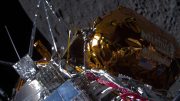
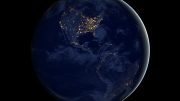


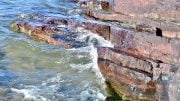
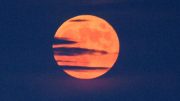
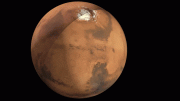
Be the first to comment on "Venus Moves Between the Earth and the Sun on June 5, 2012"